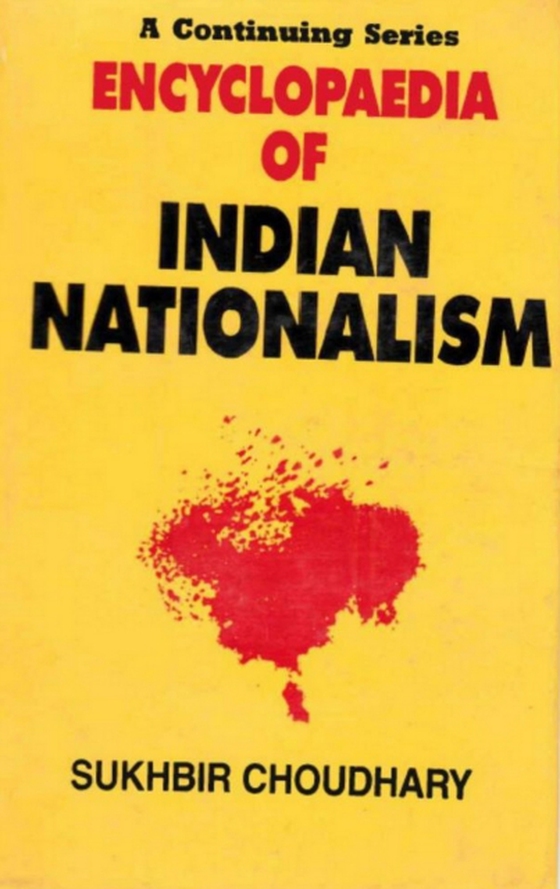
Encyclopaedia of Indian Nationalism Muslims Struggling For National Renaissance (1930 Onwards) e-bog
1167,65 DKK
(inkl. moms 1459,56 DKK)
The volumes trace the factors responsible for generating National Awakening among Indians. The author highlights the salient features of phenomenon of Indian Nationalism like the wedding to socialism, anti-fascism, anti-Nazism, anti-imperialism, anti-racialism, faith in internationalism, love for humanism and modernism, anti-princedom, anti-feudalism and dual role of bourgeoisie, and finally th...
E-bog
1167,65 DKK
Forlag
Anmol Publications PVT. LTD.
Udgivet
30 juni 1994
Længde
548 sider
Genrer
Nationalism
Sprog
English
Format
pdf
Beskyttelse
LCP
ISBN
9789354103391
The volumes trace the factors responsible for generating National Awakening among Indians. The author highlights the salient features of phenomenon of Indian Nationalism like the wedding to socialism, anti-fascism, anti-Nazism, anti-imperialism, anti-racialism, faith in internationalism, love for humanism and modernism, anti-princedom, anti-feudalism and dual role of bourgeoisie, and finally the concept of an Asian Federation. The study brings into limelight the rise of spirit of Renaissance as generated by the great vigorous social and political activities of Raja Ram Mohan Roy and carried further by those of Vivekananda, Tagore, Nehru, J.P. and C.G. Shah in the nationalist camp and begun by Sir Syed, Iqbal and Jinnah in the Muslim Camp, but stopped half way due to a retrogressive approach and separatist thinking. In post-independence era the Muslim leaders like Kaifi Ajmi, Abbes, Tagore, M.R.A. Baig, Javed Akhtar, Saeed Navi, Iqbal Masood, M.S. Agawani, Munis Raza, Irfan Habib have tried to awaken their co-religionists and bring them into the main stream of national life. The volumes cover all aspects of Indian Nationalism, political, economic, social, racial, communal and cultural (dealing with literature, in all the 14 languages, press, education, art, cinema). The political aspect covers all the national liberation struggles launched by the heroes of 1857, Kukas and later on by Moderates led by Surendra Nath Banerjee, Militants led by Lai, Bal, Pal, Aurovindo, and young revolutionaries led by Bengali, Maratha and Delhi Youths, later on by Bismil, Chandra-shekar, Bhagat Singh etc. and finally the various civil disobedience and non-co-operation and Khilafat movements led by Gandhi ji with his non-conventional techniques of Truth and Non-violence. While the Economic Nationalism covers British exploitation and national alternative of Swadeshi and Boycott, the Social Nationalism acquaints the reader with all the social and racial reform movements launched from time to time to unify the indigenous people against the common adversary of British Imperialism. While the volumes on Hindu-Muslim question revolve round the communal tangle, those on cultural. Nationalism bring to limelight the role of literature in 14 languages, press, education, arts and religious scriptures like Gita and Asrar-i-Khudi in making the people move from Escapism to Action and from Darkness to Noon of life. The volumes cover primarily the pre- ? independence phase beginning with the times of Ram Mohan Roy and ending at Gandhi an era. They only slightly touch the post-independence phase where the author finds people lamenting over the decline of nationalistic and patriotic spirit.
 Dansk
Dansk

